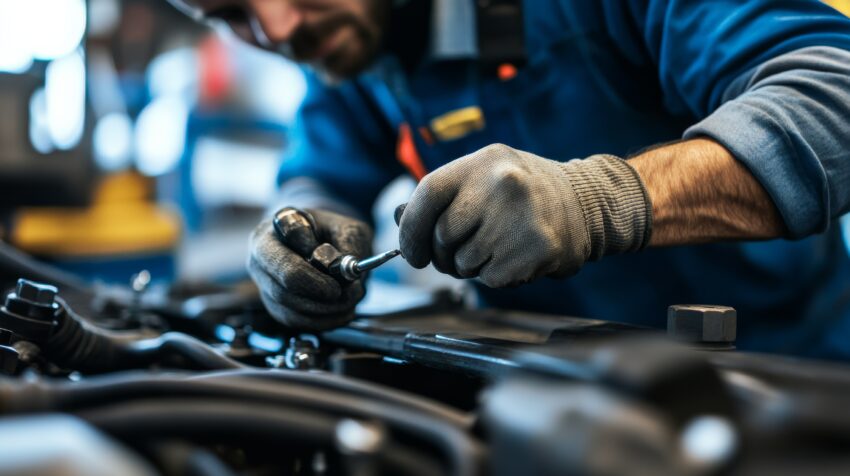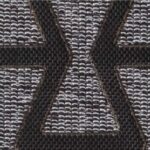It starts innocently enough: A driver or mechanic installs a “bargain” part that looks exactly like the real thing.
A few weeks later, the replacement fails – or worse, a safety problem develops that costs far more to fix than it saves. The global counterfeit car parts market is a multi-billion pound problem, and growing rapidly. In addition to financial losses, counterfeit components can compromise braking, steering and overall vehicle integrity.
For professionals who depend on reliable performance and safety, learning to identify genuine OEM parts has never been more important. This guide explains how to recognize the difference and buy with confidence from trusted distributors
https://eccoparts.eu/en/.
What does OEM really mean?
OEM means Original Equipment Manufacturer – parts manufactured by or for the automaker to the same specifications as factory components. Genuine OEM pieces fit as they should, maintain the vehicle's safety ratings, and perform as they did in the original manufacture.
Aftermarket parts may be great, but brands and features vary. Counterfeit goods are passed off as the real deal by mimicking the packaging and markings of OEM pieces, using inferior materials, and skipping quality control, which inevitably leads to breakage of the part or its premature failure.
Why are counterfeit goods on the rise?
Online marketplaces make parts easy to find and counterfeit. Listings may include professional photos and forged documents. Counterfeit products now appear across all categories from filters to critical systems like brake discs and airbags. Beyond safety, they create economic and environmental waste: short life spans mean frequent replacement and a high carbon footprint.
How to Identify Genuine OEM Parts
Here's a quick checklist before you buy:
- Packaging: Look for consistent fonts, colors, and box quality. Genuine goods contain holograms, barcodes, or tamper-evident seals.
- Part Numbers: Cross-check serial numbers on the manufacturer's database or with a verified supplier. Small discrepancies are a red flag.
- Price and Source: If it sounds pretty cheap, it probably is. Always purchase from reputable distributors for authenticity and warranty protection.
- Fit and Finish: OEM parts have precise edges, uniform coating and clear branding. Counterfeits often feature poor casting, blurry prints, or uneven textures.
These simple checks save both money and reliability – especially for workshops that rely on repeat customers.
Digital Verification and Supply Chain Transparency
Increasingly, production standards ensure the provenance of parts to your vehicle. QR codes, verification centers, or even blockchain-enabled authentication shows where your share was made. Scanning that code or punching in that serial number proves that what you're getting is the real deal. By working directly with the supply chain, trusted distributors ensure that the repair shop knows each part will be verifiable.
Relying on certified delivery saves money
Legitimate suppliers offer one thing counterfeiters can't: OEM-backed warranty options, easy return policies, quality control mechanisms, and cycle times. A strong working relationship with a certified distributor results in less downtime, no rework fees, and more satisfied customers because ready repairs can be relied upon.
Security, Trust and Smart Sourcing
The best way to protect your vehicle and the people who rely on it is to always use an OEM specified part. It may seem more tempting to go with the faster and more affordable offers online. Be assured that the best value comes from purchasing genuine parts that can be trusted: fewer failures, less risk and complete peace of mind. Verifying every purchase and sticking with trusted distributors ensures that every repair is based on quality, safety, and confidence.










